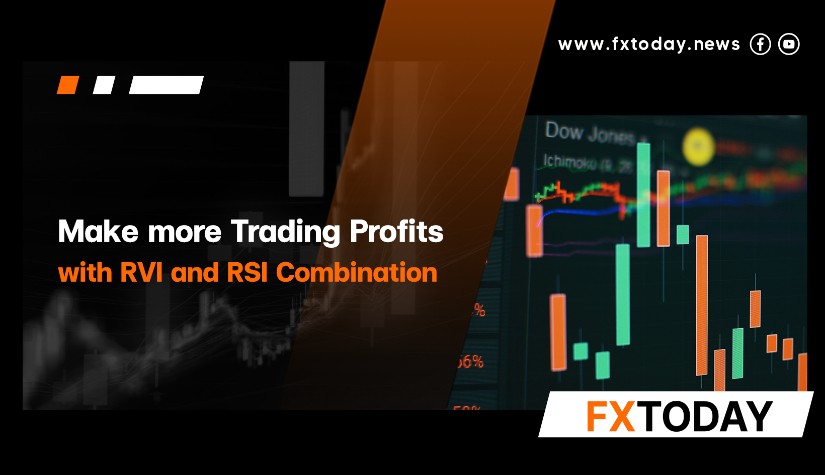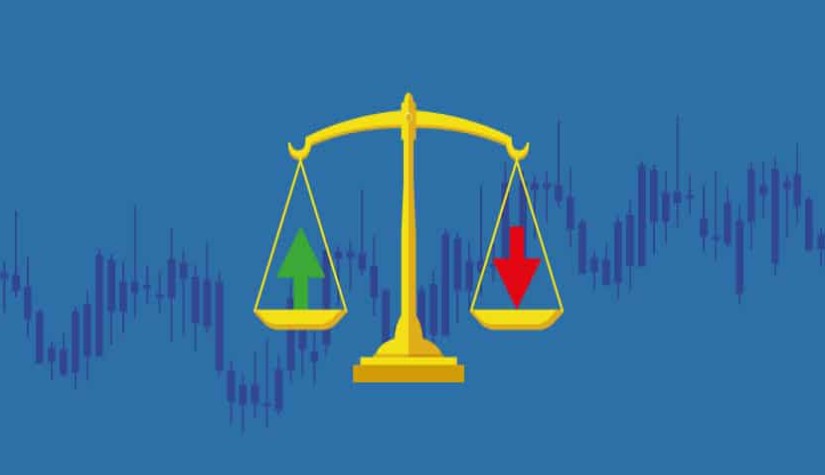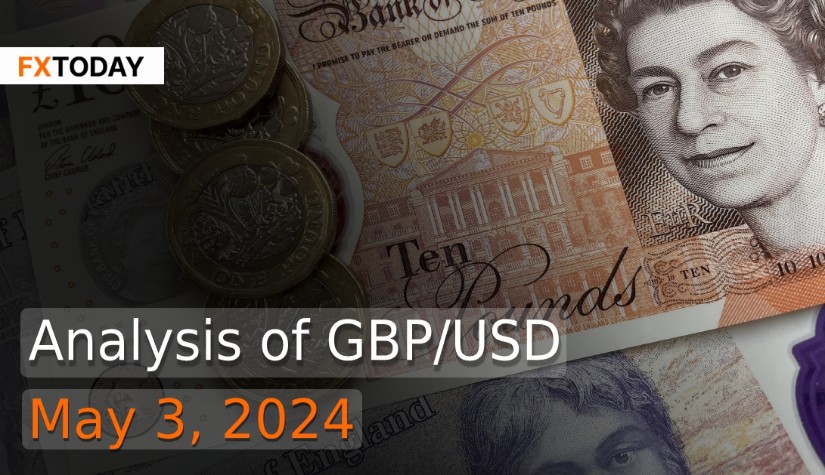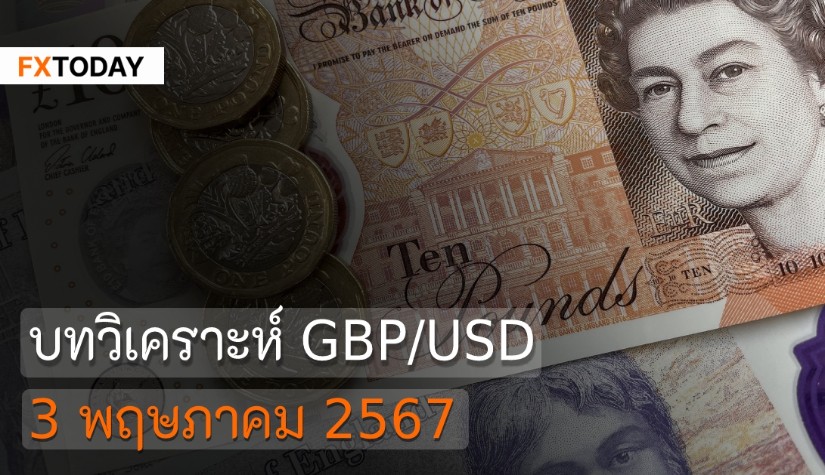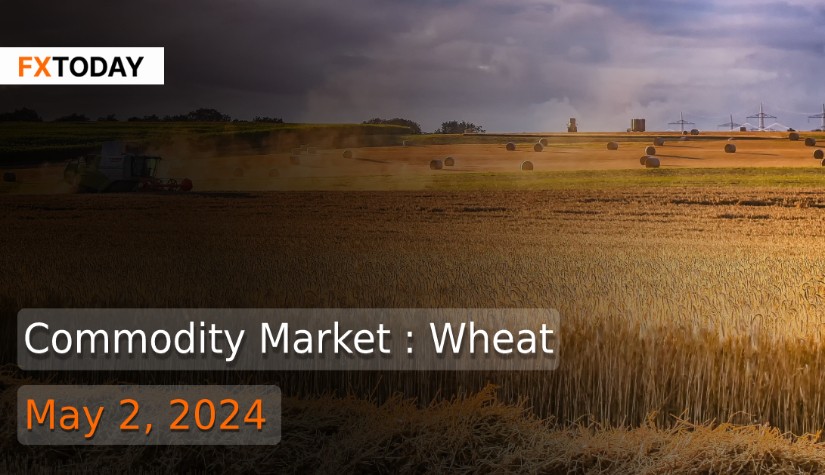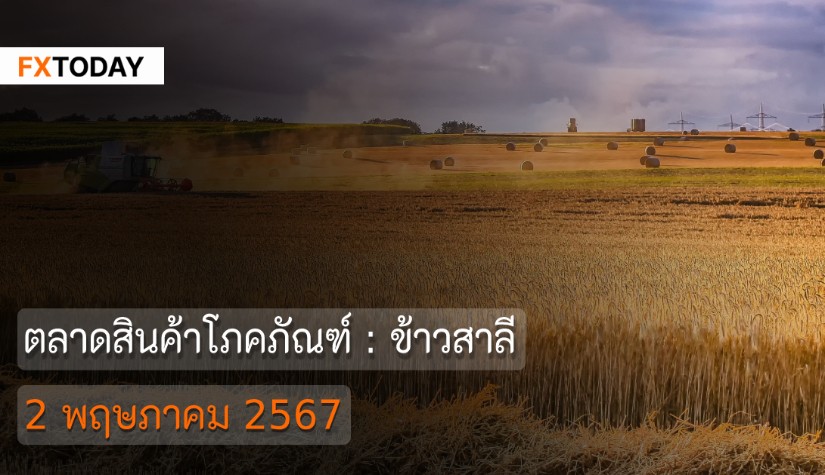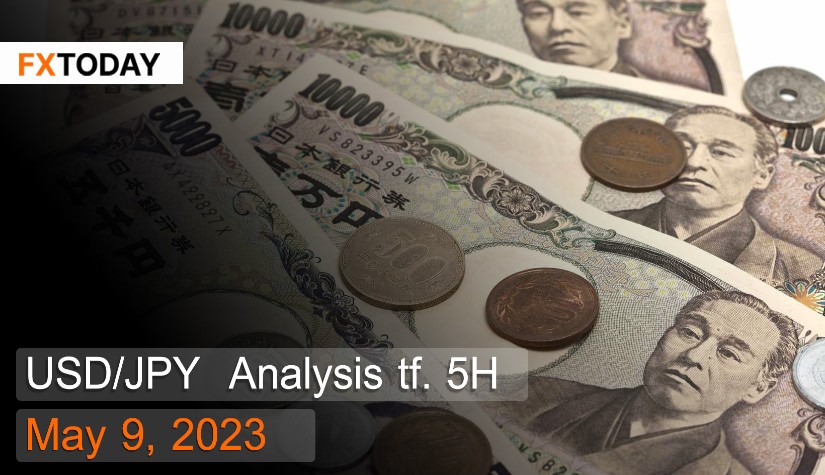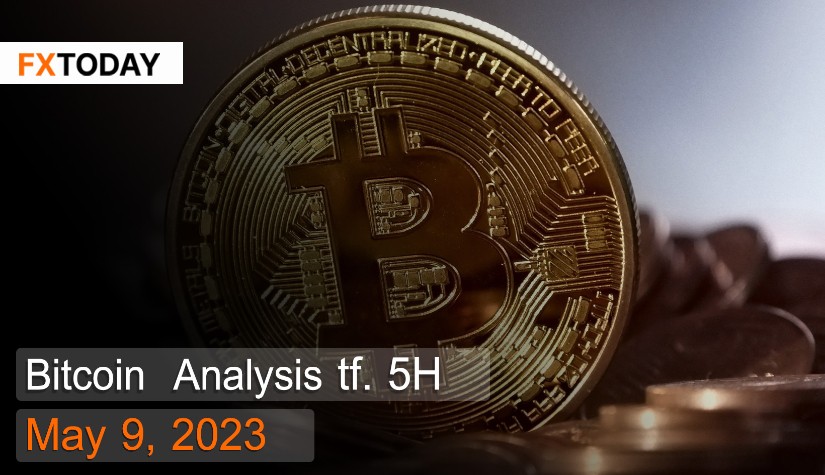This article talks about a tool called the Relative Vigor Index (RVI), used by many people who trade stocks and other assets. RVI is simple to use and often goes hand in hand with another tool called the Relative Strength Index (RSI). Let's learn more about how RVI works.
What Is RVI?
RVI stands for Relative Vigor Index. It's a tool that helps us understand how vital a price movement is. It's part of a group of tools called oscillators, which help traders understand market trends.
RVI looks at the relationship between when a market opens and when it closes to help determine which direction a trend might go. If a trend increases, the closing price is usually higher than the opening price. If the trend decreases, the closing price is typically lower than the opening price.
RVI is somewhat like the Stochastic Oscillator, another tool, but it doesn't have lines that show when a market is overbought or oversold. Also, unlike the Stochastic Oscillator, RVI doesn't compare the closing price and the lowest price. But many traders like using RVI because it's easier to see when a trend starts or ends.
People often use RVI along with RSI because RSI can accurately show when a market is overbought or oversold. By using both tools, traders can get a more accurate market view.
RVI Formula
"RVI = (close - open) / (high - low)"
Close - Open = the difference between when a market closes and when it opens.
High - Low = the difference between the highest and lowest points.
Example of Using RVI With RSI
In the graph above, a breakout happens when the price chart moves from point A to point B. The RVI line (colored green-red) makes higher lows, which means it's finding a solid support level (the white line). When this happens, traders should wait for RVI to drop below the support level at point C before selling.
When the market is overbought (when prices are higher than they should be), the price chart hits point D. We can see that RSI enters the overbought zone (the line goes above 70) at circle 1. In this case, you should make an order right away. But wait for RVI to cross above the red line with the green line before taking profits.
You'll also find constant chances to make orders, shown by circle 2. This is because RSI hasn't gone above 50, and RVI's green line can drop below the red line again. But remember, you also need to consider other things like the price chart trend or any news that could affect the currency pair you're trading.
In the above graph, for oversold conditions (when prices are lower than they should be , the price chart reaches point D, and RSI enters the oversold zone (the line goes below 30). This is shown in circle 1. This tells you not to make an order immediately but to wait for RVI's green line to cross above the red line before taking profits. Circle 2 shows where you can continuously make orders.
Conclusion
To wrap up, RVI is a tool that helps you analyze price movements and spot trends. It compares when a market opens and closes. Traders often use RVI with RSI because RVI alone can't tell when a market is overbought or oversold.
Using RVI with RSI helps traders make better decisions. Plus, RVI can also help spot where trends start and end. But remember, RVI is just one tool. To trade successfully, you must also understand the market, the tools you're using, and any factors that could affect prices.
_____________________________
Maximize your knowledge: Blog
Keep up to date on global events: News
Updated
10 months ago
(Jun 22, 2023 10:29)

